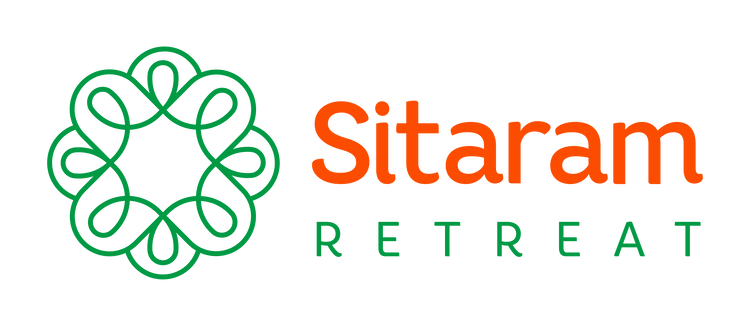Cervical Spondylosis
The word “cervical spondylosis” refers to age-related wear and tear of the spinal discs in your neck. Due to shrinking and discolouration of the discs, the symptoms of osteoarthritis develops, which includes bony projections along the edge of bones. Cervical spondylosis is a prevalent condition that gets worse with age. Cervical spondylosis affects more than 85 per cent of adults over the age of 60. The majority of people have no symptoms as a result of these issues. Nonsurgical treatments are frequently helpful when symptoms do arise.
Treatment for Cervical Spondylosis in Ayurveda
Ayurveda correlates cervical spondylosis to Manyasthambha, which is one of the 80 diseases caused by Vata Dosha. As the age progresses, the body will dominate Vata Dosha. Aggravation of Vata results in the degeneration of body tissues. In Cervical Spondylosis, Vata, along with Kapha, stiffens the neck (Manya), causing pain and disabilities. Due to the roughness of Vata, vertebrae become dry and rough, results in the degeneration of discs and vertebrae, causing pain. Kapha causes stiffness and disabilities.
In Ayurveda, a wide range of remedies are offered to treat Vata disorders. Vata will be calmed, and inflammation and pain will be reduced. Stiffness will be lessened as Kapha is addressed. The use of Lepas (medicinal pastes) to reduce inflammation will be quite effective. To reclaim the unctuousness, medicated ghee is administered.
At Sitaram, we have developed great proprietary remedies that assist reduce the symptoms of Cervical spondylosis, such as pain, stiffness, loss of strength, and numbness and prevent further degeneration with regular use. Patients with a mild to moderate issue almost always react to these medications alone. We can also help prevent future instances by maintaining a healthy lifestyle and taking anti-degenerative medications. Cervical spondylosis treatments in Ayurveda includes –
- Greeva Vasti – Greeva Vasti is a Sanskrit phrase in which Greeva refers to the neck and Vasti refers to the act of holding something. Greeva Vasti is the application of herbal oils to the spine, beginning at the neck. Medicine for neck pain in Ayurveda includes Mahanarayana taila, Kottamchukkadi tailam, Dhanwantharam taila etc.
- Churna Pinda Swedana – Churna pinda, which means the herbal powder poultice, effectively treats neck pain. The treatment helps to relax the neck muscles and reduce the inflammation in the area.
- Patra Pinda Swedana – Fresh herbal poultice made from leaves and medicated powders help treat neck pain, stiffness and tenderness.
- Tailadhara – Tailadhara is a treatment where the oil is continuously poured over the neck, improving stiffness in the area. Further, it also prevents the degeneration of bones and prevents damage.
What are the symptoms of cervical spondylosis?
Cervical spondylosis is a condition that generates no symptoms in the majority of patients. When symptoms do appear, they usually include neck pain and stiffness. Cervical spondylosis can cause a narrowing of the space required by the spinal cord and the nerve roots that exit the spine and travel to the rest of your body. If your spinal cord or nerve roots are pinched, you may suffer the following symptoms:
- Arms, hands, legs, or feet tingling, numbness, or weakness
- Walking difficulties and a lack of coordination
- Bladder or bowel control problems
What are the causes of cervical spondylosis?
The bones and cartilage that make up your backbone and neck deteriorate as you get older. These modifications may include:
- Dehydrated discs – disks act as cushions between your spine’s bones. Most people’s spinal discs begin to dry up and shrink about the age of 40, allowing increased bone-on-bone contact between the vertebrae.
- Herniated discs – the outside of your spinal discs is also affected by age. Cracks often form, resulting in bulging (herniated) discs, putting pressure on the spinal cord and nerve roots.
- Bone spur – in an attempt to reinforce the spine, the spine often produces additional bone due to disc deterioration. These bone spurs might pinch the spinal cord and nerve roots.
- Stiffness in ligaments – ligaments are tissue cords that connect one bone to another. As you become older, your spinal ligaments tighten, making your neck less flexible.
The following are some of the risk factors for cervical spondylosis:
- Age – cervical spondylosis is a common side effect of growing older.
- Occupation – neck strain is exacerbated by jobs that require repetitive neck motions, poor placement, or a lot of overhead labour.
- Neck injuries – cervical spondylosis appears to be linked to previous neck injuries.
- Genetic factors – some members of specific families will be more affected by these changes over time than others.
- Smoking – increased neck pain has been connected to smoking.
- Cervical spondylosis can cause irreversible harm to your spinal cord or nerve roots if they become badly compressed.


 retreat@sitaramayurveda.com
retreat@sitaramayurveda.com +91 813 8888 912
+91 813 8888 912
